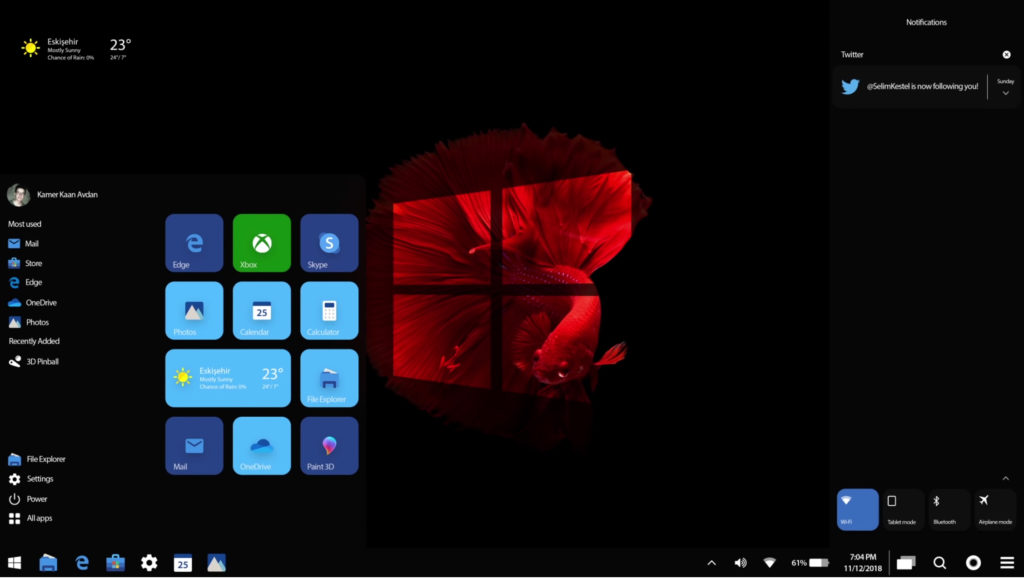

As we said up top, Microsoft’s track record with PC gaming isn’t the greatest. We still need to test titles on Windows 11 to see the impact these features have on gaming. Windows 11 Auto-HDR intelligently expands the color range of even older games, like Skyrim, to make them look like they're running in HDR (Image credit: Microsoft) Once you enable it, it will automatically (via AI) improve the color range of non-HDR games to make it look like they're running in HDR. This is why auto-HDR is such a welcome feature. Games lacking HDR are also less than appealing with the feature enabled. You could theoretically leave HDR on, but Windows 10 appears washed out when it’s enabled outside of gaming. HDR isn’t a universal feature in games, meaning you have to manually enable it for HDR-compatible titles. Windows 11 means better, easier HDRĪuto-HDR isn’t a flashy feature like DirectStorage or Xbox Game Pass integration, but its inclusion in Windows 11 will eliminate the frustration caused by trying to use HDR on Windows 10. Removal of these transitional scenes creates the possibility for all-new gameplay experiences. This includes things like long elevator rides in Mass Effect, squeezing through crevices in Final Fantasy VII Remake or characters surmounting tall walls in The Last of Us. Looking beyond faster load times, SSD utilization may one day mean the end of awkward techniques meant to hide load screens. Snappier loading times could be the beginning of the end of sequences scripted to hide loads, like the infamous Mass Effect elevator (Image credit: BioWare)


 0 kommentar(er)
0 kommentar(er)
